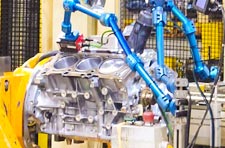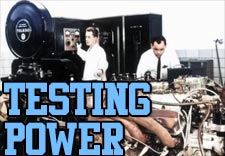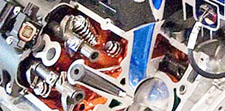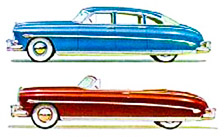We cannot find the page you were looking for. Please try our menus and buttons to find the page you wanted.
 The life of a car salesman
The life of a car salesman
Stiff competition and dirty tricks, good and bad dealerships, feast and famine, and how the best dealers to work for do it
 Trenton Engine 2025 Family Day
Trenton Engine 2025 Family Day
See inside the engine factory!
 Testing Power, 1940 to 2026: Stories, Changes, and a Technical Guide
Testing Power, 1940 to 2026: Stories, Changes, and a Technical Guide
Stories and engineering: how we changed the way car engines’ power is measured, and what you should do!
 Graham Brothers: the original “Dodge trucks” (and some very, very nice supercharged cars!)
Graham Brothers: the original “Dodge trucks” (and some very, very nice supercharged cars!)
A story of two sets of brothers
 5.7 Hemi V8: High Power Workhorse Engines
5.7 Hemi V8: High Power Workhorse Engines
How the “Eagle” 5.7 Hemi V8 went from being a Dodge-Chrysler performance engine to a Ram workhorse (and how they returned for 2026)
 2009-2020 Dodge Journey: making a crossover on a budget (then fixing it!)
2009-2020 Dodge Journey: making a crossover on a budget (then fixing it!)
Launched on a too-tight budget and then dramatically reworked, the Dodge Journey was an often-overlooked solid crossover which never quite found its way
 The Fabulous Hudson Hornet: “Twin-H Power” and step-down unibody
The Fabulous Hudson Hornet: “Twin-H Power” and step-down unibody
The short but exciting life of the most unlikely NASCAR championship cars
 |
Books by MoTales writer David Zatz

This Mopar car history site is copyrighted © 2021-2023 Zatz LLC and is not associated with Stellantis or the Mopar brand. Contact us.